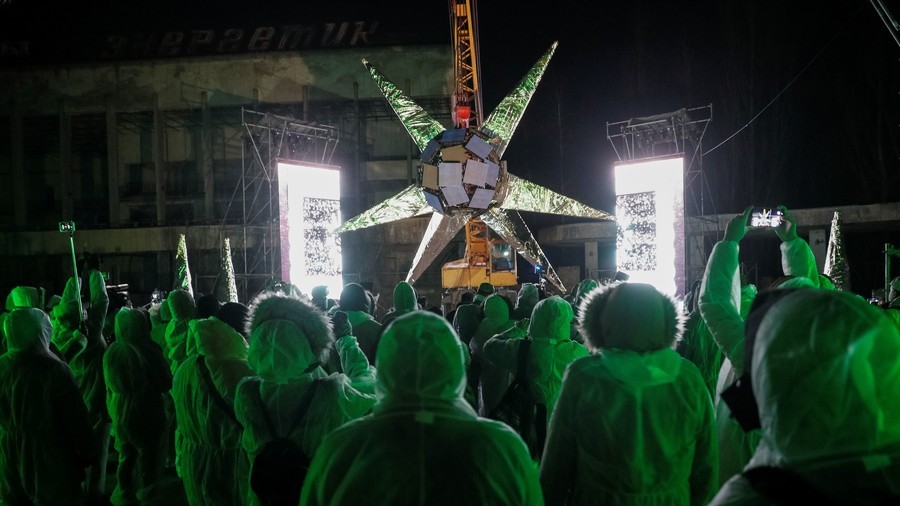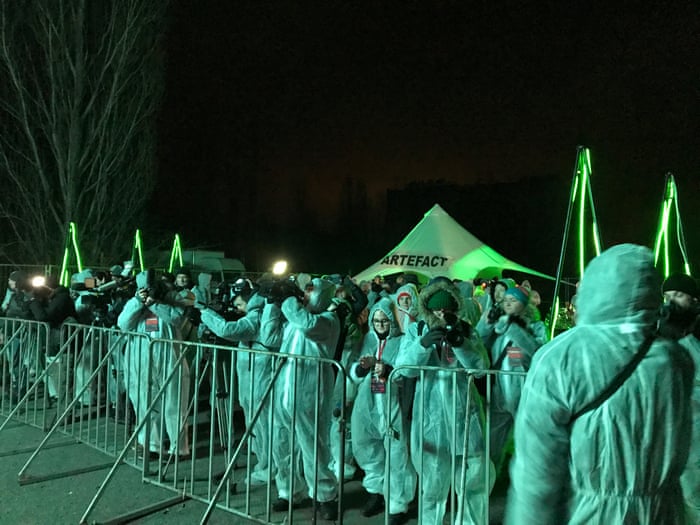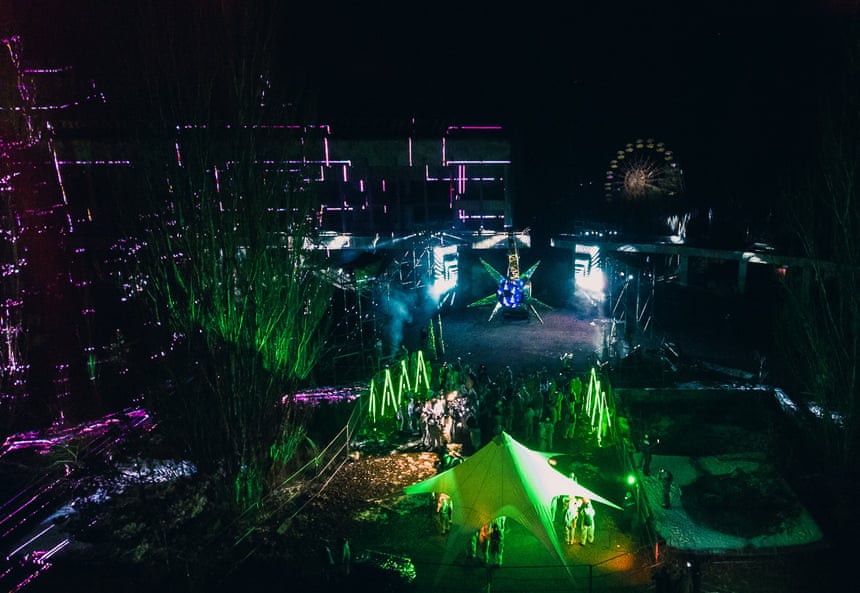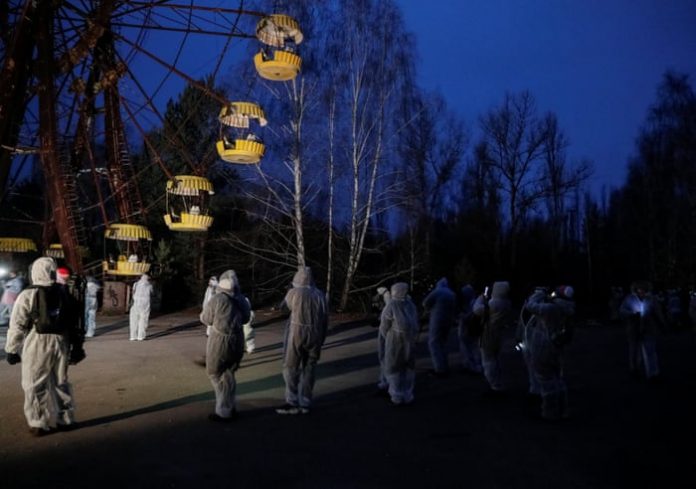Dancing machines and party people do a great job of blending in with society, it can be hard to pick them out of a lineup in the real world. Where they do not necessarily conform to the day to day lives and activities of regular people, they still participate. It can be hard for the untrained eye to spot them, just know that they are out there spreading love and light, doing their best to keep their cover as royalty of the night, and going to dance party as frequently as possible.
Nightclubs and festival grounds around the globe are good starting places for one looking to identify a legitimate dancing machine, however, the real party people are always looking for new and exciting places to go rave at. On any given day, grocery stores, and random situations around regular life could be host to naturally occurring impromptu dancing to break out amongst themselves. No place is safe from a random dance session.
Members of the rave community often look for new and improved places and settings to dance a night away, and a select few of them have the capability to make it happen. Massive, un-fathomable locations can become historical rave events overnight and turn into events like the legend of the rave at Chernobyl, where everybody had to wear suits to keep them protected from radiation; true story.

Photograph: Gleb Garanich/Reuters
The explosion at the Chernobyl nuclear power plant which destroyed a nuclear reactor in Ukraine was one of the worst environmental disasters in world history. The catastrophe occurred in 1986 and released over four hundred times more radioactive material than the atomic bomb that dropped on Hiroshima at the end of World War II.
The controversial devastation was highly scrutinized on a global scale because many humans that lived inside of the danger proximity were not warned for several days that the explosion occurred, or that harmful radiation had been showering them and would continue to do so for the foreseeable future. Many locals are still bitter about that fact, and people still are haunted by the memories of the people that they lost, and deformities of humans and animals alike that they had to firsthand witness.

Photograph: Sveta Korshunov
Scientists predict that it will take 24,000 years before the zone will be considered habitable again, cleanup efforts by various forces have cleared the way for some of the areas to be free of contamination. The City of Pripyat has shown signs of improvement and a great portion of it is no longer contaminated by the harmful radiation. The cleanup efforts were completed in May 2018, and the zone was deemed overall safe. The local government hopes to see an influx of tourists which will help generate economic growth.
Pripyat has become a majority de-contaminated safe zone that is about as safe as it gets for tourists to view an abandoned town that was once in its prime in terms of development, and has regenerated from total devistation. Vendors set up to sell various knick-knacks and novelty items that associate with nuclear fallout. Radiation suits, T-shirts, fridge magnets, and gas masks are main sellers for people that want bring home memorabilia from their trip to the Chernobyl Reactor that is infamous abroad.

Photograph: Artefact
Local officials know of the obliteration that occurred in the eighties, and the overall negative experience that people had to deal with due to the effects, but they are trying to turn it around and spin into something that could bring a positive experience for years to come. Big plans for expansion will continue over the next several years. One of the recent installments to draw a crowd was an art exhibit and dance party that was held inside Chernobyl’s radioactive exclusion zone, for an event called Artefact.
Valery Korshunov, an artist from Kiev, is the mastermind behind the experience. He publicly stated “For all people, the world knew this place for tragedy, but we have made Chernobyl less harmful for the environment. We are safe. We have come here to change the history of Chernobyl.”
The legendary rave and art exhibition Artefact was a success. Different media outlets captured the spectacle, and attendees got the experience of their life. Magical light shows, music, and heavy bass painted the surrounding area, and the event put a much different spin on the day to day life of the fallout zone. People danced, laughed, played, and raved at the de-contaminated area of the Chernobyl Nuclear Plant; spreading brightness at a place reminiscient of a zombie apocalypse setting.
There has been an indication that the debut event will certainly not be the last. Party people and dancing machines are going to dance party, even if it means that Geiger counters (radiation detection devices) and protective radiation suits are required. We are the light of the world and will dance party everywhere imaginable. Life goes on, so we dance. Look for round two in the future, and if it possible to attend it, do not drop the ball.



















